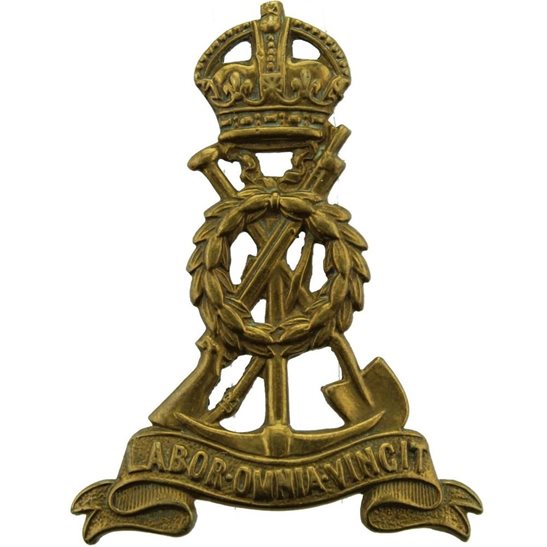Personal Details
Born: 24 April 1887 in Whitchurch, Shropshire and baptised 13 May 1887 in St. Alkmund`s Parish Church.
Family: He was the second of seven children born to James Brown, a labourer in an iron-foundry, and his wife Anne. Arthur married Lucy Johnson Quarter 3 1921 in Whitchurch Shropshire. The couple had 5 children, Mary, Helen, Jack, Elsie and William.
Residence: At the time of his baptism Arthur`s family was living in Talbot Street, Whitchurch, but by 1901 they had moved to Green End. Ten years later his address was 13 Station Road, this was also the address given for him on the 1919 Absent Voters List. The 1939 Register showed him living at 7 Rosemary Lane, Whitchurch, Shropshire.
Employment: In 1911 he was described as a labourer but by 1939 he was an iron casting dresser.
Died: Quarter 3 1962 in Whitchurch, Shropshire, aged 74
Military Details
Regiment: Labour Corps (previously Lancashire Fusiliers)
Rank: Private
Service Number: 367986 (previously 41758)
Date of Enlistment: Not known
Date of Discharge: Not known
Reason for Discharge: Not known
Other Information: Arthur`s younger brother George also served in WW1 in the Army Service Corps and the Shropshire Light Infantry.
Arthur was awarded the Campaign Medals (British War Medal, and Victory Medal).

The British War Medal (also known as 'Squeak') was a silver or bronze medal awarded to officers and men of the British and Imperial Forces who either entered a theatre of war or entered service overseas between 5th August 1914 and 11th November 1918 inclusive. This was later extended to services in Russia, Siberia and some other areas in 1919 and 1920. Approximately 6.5 million British War Medals were issued. Approximately 6.4 million of these were the silver versions of this medal. Around 110,000 of a bronze version were issued mainly to Chinese, Maltese and Indian Labour Corps. The front (obv or obverse) of the medal depicts the head of George V. The recipient's service number, rank, name and unit was impressed on the rim.
The Allied Victory Medal (also known as 'Wilfred') was issued by each of the allies. It was decided that each of the allies should each issue their own bronze victory medal with a similar design, similar equivalent wording and identical ribbon. The British medal was designed by W. McMillan. The front depicts a winged classical figure representing victory. Approximately 5.7 million victory medals were issued. Interestingly, eligibility for this medal was more restrictive and not everyone who received the British War Medal ('Squeak') also received the Victory Medal ('Wilfred'). However, in general, all recipients of 'Wilfred' also received 'Squeak' and all recipients of The 1914 Star or The 1914/1915 Star (also known as 'Pip') also received both 'Squeak' and 'Wilfred'. The recipient's service number, rank, name and unit was impressed on the rim.

